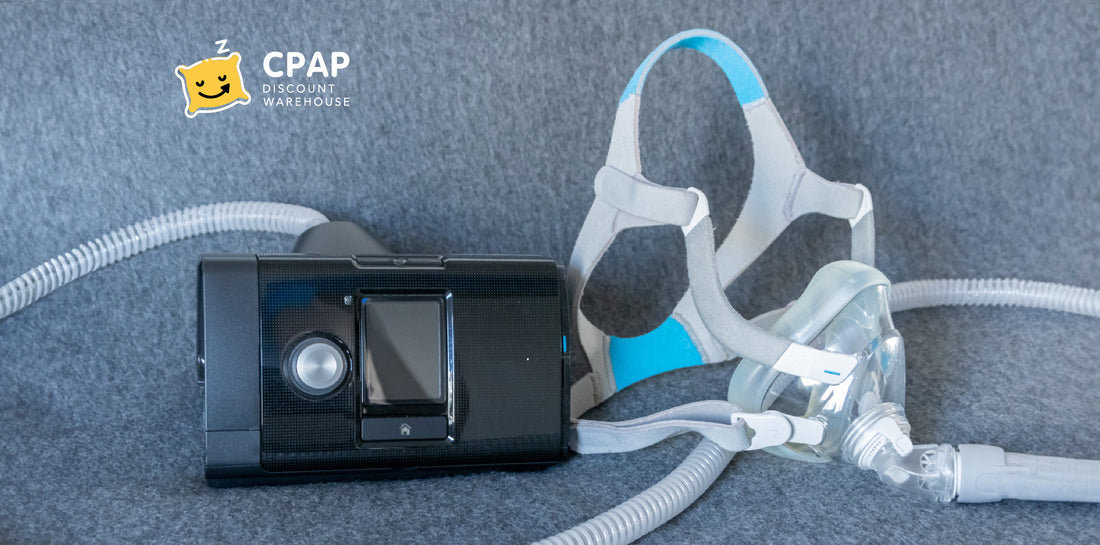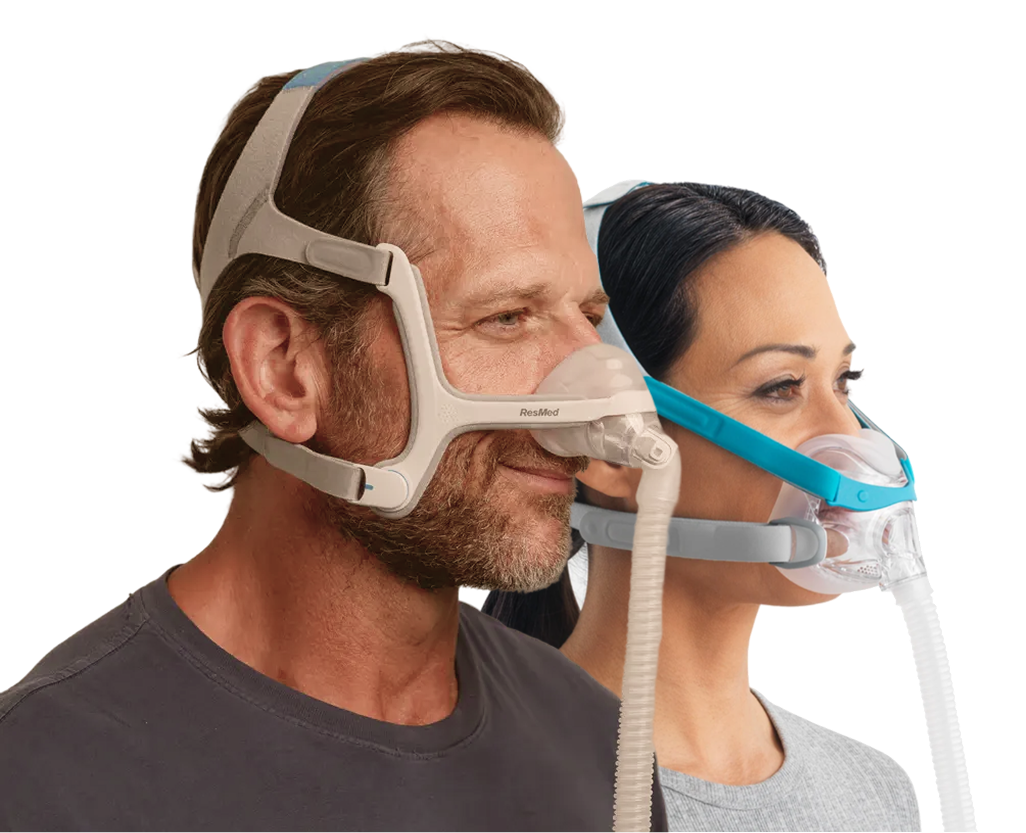How often should you clean CPAP equipment?
CPAP machines need to be cleaned regularly. This will remove germs, dead skin cells, and oils. These things build up on the hose, mask, head straps, and other parts of the machine. Not cleaning your CPAP machine often enough can cause problems, including: You can get sick again if you already had a cold.
If you don't clean your CPAP machine regularly, it might not last as long. In some cases, cleaning it might even make the warranty last longer.

Mask Cushion or Nasal Pillows
Cleaning Frequency: Daily
Instructions: Remove the cushion or nasal pillows. Then, wash them in warm, soapy water. Rinse them and allow them to air-dry away from direct sunlight. Alternatively, wipe down the surface.
Wipe the mask cushion or nasal pillows with a wet cloth or the recommended CPAP wipes. Do not use alcohol, bleach, baby wipes, or Clorox wipes.
Mask or Nasal Pillows and Headgear
Cleaning Frequency: Weekly
Instructions: Hand wash the CPAP mask components and headgear separately in warm, soapy water. Soak them for 30 to 60 minutes. Rinse well and allow them to air dry away from direct sunlight.
Tubing
Cleaning Frequency: Weekly
Instructions: Remove the tubing from the CPAP machine and mask. Wash CPAP tubing with warm, soapy water. Soak it for 30 to 60 minutes. Rinse it well, then hang it over the shower rod to dry. Make sure it is out of direct sunlight.
Filters
Cleaning Frequency: Weekly
Instructions: The white ultra-fine filter is disposable and should be replaced after 30 nights of use or if it appears dirty (brown or gray). Do not clean the filter.
Humidifier water chamber
Cleaning Frequency: Check weekly, Change as needed
Instructions: Empty the water chamber daily. Once the heater is off and cool to the touch, remove the chamber from the CPAP machine weekly. Wash the Humidifier water chamber with warm, soapy water. Soak it for 30 to 60 minutes. Rinse well.
Allow it to dry in a spot that is not in direct sunlight.
CPAP machine
Cleaning Frequency: As Needed
Instructions: Use a damp cloth to wipe off dust. Do not use detergents or sprays.
CPAP Essentials replacement
How to Clean Your CPAP Machine?
Always disconnect your machine first to protect it and yourself. The main parts of the machine that should be cleaned weekly are the CPAP humidifier and tubing.
CPAP cleaning supplies:
1. A soft cloth
2. Warm water
3. Mild, gentle soap or CPAP soap.
Cleaning steps:
Step 1. Unplug your CPAP machine and disconnect the humidifier and tubing. Make sure the tubing is also disconnected from your CPAP mask.
Step 2. Rinse the humidifier and tubing with mild soap and warm water in a sink or bathtub. Use a cloth to clean the inside of the humidifier and the outside of the tubing. Make sure the inside of the tubing gets soapy, too.
Step 3. Rinse the humidifier and tubing again with warm drinking water. We recommend using drinking water in case any remains during CPAP therapy and evaporates.
Step 4. Allow the humidifier to air dry on a flat surface covered with a towel before use.
To ensure the longevity of the machine and protect your health, make sure the humidifier is clean, clear, and free of discoloration. If you notice leakage after cleaning that is not coming from the CPAP tube, check your mask for cracks or tears, as a damaged mask can disrupt sleep.
A note on CPAP machine filters:
We recommend replacing the CPAP filter regularly. A dirty filter can reduce airflow and increase wear and tear on the machine. Most CPAP machines come with a reusable foam filter that should be cleaned regularly and replaced every six months, or sooner if it appears dirty or damaged.
Cleaning your CPAP mask cushion, frame & headgear
Step 1. Unplug your CPAP machine from the power source.
Step 2. Disconnect the mask and air tubing.
Step 3. Disassemble the mask into three parts: the headgear, the cushion, and the frame.
***Note: The cushion should be cleaned daily, while the headgear and frame should be cleaned weekly.
Step 4. Clean the mask cushion and headgear in a sink or tub to remove oils. Gently rub with mild liquid detergent and warm drinking water. Avoid using stronger cleaning products, as they may damage the mask or leave behind a harmful residue.
Step 5. Rinse thoroughly with warm drinking water.
Step 6. Place the cushion and frame on a flat surface on top of a towel to dry. Avoid placing them in direct sunlight.
Best soap to clean CPAP equipment
We recommend using distilled water in your humidifier chamber because minerals in tap water can cause buildup. Empty any remaining water from the chamber daily.
For cleaning, we recommend specialized soaps, alcohol wipes, tubing brushes, and pure liquid soap. Avoid antibacterial soaps, bleach, alcohol, oils, abrasives, and other harsh or scented soaps.






